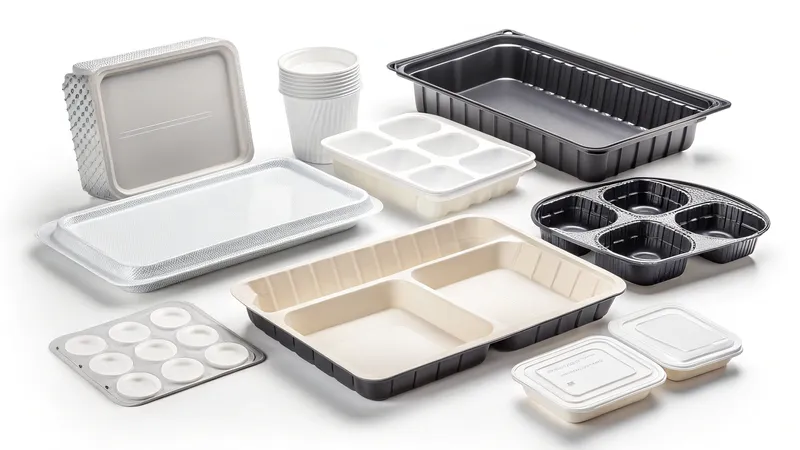Plastik vakumlu şekillendirme1 is a versatile manufacturing process that shapes heated plastic sheets over molds using vacuum pressure, creating products like packaging, automotive parts, and medical trays. This method is valued for its maliyet-etkinlik2, speed, and ability to produce large, lightweight parts.
Vacuum forming heats a plastic sheet, stretches it over a mold, and uses a vacuum to shape it, ideal for packaging, automotive, and medical applications due to its affordability and versatility3.
Understanding the details of vacuum forming—its materials, process steps, and applications—can help you decide if it’s the right choice for your project. Explore further to see how it compares to other methods and when it’s most effective.
Vacuum forming is cost-effective for small to medium production runs.Doğru
With lower tooling costs than methods like injection molding, vacuum forming is ideal for production volumes of 250–3000 units per year.
Vacuum forming can produce highly detailed parts with complex geometries.Yanlış
While suitable for simple to moderately complex shapes, vacuum forming is less precise for intricate details compared to injection molding.
- 1. Vakum Şekillendirmede Kullanılan Yaygın Malzemeler Nelerdir?
- 2. Vakum Şekillendirme Sürecindeki Adımlar Nelerdir?
- 3. Vakum Şekillendirme Sürecindeki Temel Faktörler Nelerdir?
- 4. Vakum Şekillendirme Uygulamaları Nelerdir?
- 5. What are the Differences Between Vacuum Forming and Injection Molding?
- 6. Sonuç
Vakum Şekillendirmede Kullanılan Yaygın Malzemeler Nelerdir?
Material selection is crucial in vacuum forming, as it directly impacts the part’s durability, appearance, and functionality.
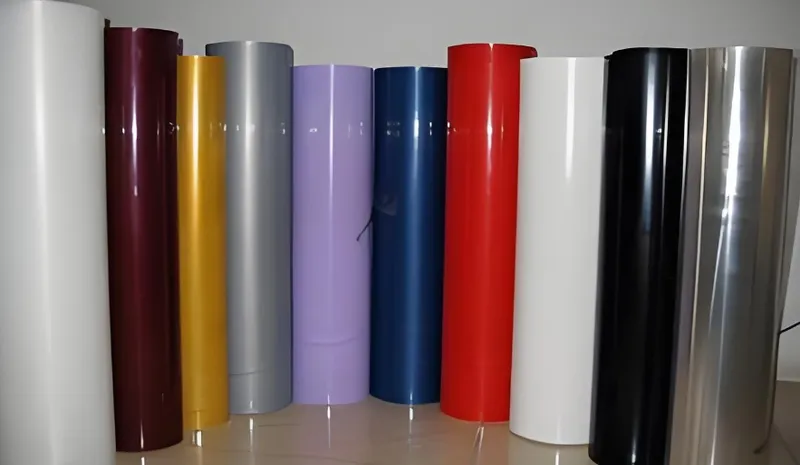
Common materials in vacuum forming include HIPS, ABS, HDPE, PETG, PVC, Acrylic, and Polycarbonate4, chosen for their specific properties like impact resistance, clarity, or heat tolerance.
| Malzeme Türü | Özellikler | Uygulamalar |
|---|---|---|
| HIPS | Economical, easy to form | Packaging, low-impact products |
| ABS | Dayanıklı, darbeye dayanıklı | Automotive parts, structural components |
| HDPE | Weather-resistant, tough | Outdoor equipment, agricultural parts |
| PETG | Clear, tough, food-safe | Food packaging, medical devices |
| PVC | Chemical-resistant, versatile | Signage, construction, protective equipment |
| Akrilik (PMMA) | Transparent, scratch-resistant | Displays, lighting, aerospace |
| Polikarbonat | High impact strength, heat-resistant | Safety equipment, automotive parts |
Yüksek Etkili Polistiren (HIPS)
HIPS is a cost-effective, easy-to-form plastic commonly used in vacuum forming for packaging and disposable products. Its low impact resistance makes it ideal for non-structural applications. For example, companies like Ansini use HIPS for blister packs and trays due to its affordability and ease of processing.
Akrilonitril Bütadien Stiren (ABS)
ABS is known for its durability and impact resistance, making it a popular choice for automotive components like dashboards and interior panels. It also offers good aesthetic flexibility, allowing for various finishes. According to Formlabs, ABS is often used in prototyping and short-run production.

Yüksek Yoğunluklu Polietilen (HDPE)
HDPE is valued for its toughness and weather resistance, making it suitable for outdoor applications like agricultural equipment and playground structures. Its ability to withstand harsh environments makes it a go-to material for industrial uses.
Polietilen Tereftalat Glikol (PETG)
PETG is a clear, food-safe plastic commonly used in food packaging and medical devices. Its transparency and toughness make it ideal for applications where visibility and safety are priorities. Companies like 3DS highlight its use in sterile medical trays.
Polivinil Klorür (PVC)
PVC is versatile and chemical-resistant, making it suitable for signage, construction materials, and protective equipment. Its ability to be easily colored and printed on adds to its appeal for visual applications.

Akrilik (PMMA)
Acrylic is prized for its clarity and scratch resistance, making it a top choice for displays, lighting fixtures, and aerospace components. Its optical properties are unmatched, though it can be more challenging to form than other plastics.
Polikarbonat
Polycarbonate offers high impact strength and heat resistance, making it ideal for safety equipment and automotive parts. Its durability ensures long-lasting performance in demanding environments.
HIPS is the most durable material used in vacuum forming.Yanlış
While HIPS is economical and easy to form, it has lower impact resistance compared to materials like ABS or Polycarbonate.
Material selection in vacuum forming impacts both cost and performance.Doğru
Choosing the right material ensures the part meets functional requirements while optimizing production costs.
Vakum Şekillendirme Sürecindeki Adımlar Nelerdir?
The vacuum forming process is a straightforward yet precise method for shaping plastic sheets into functional parts.
The vacuum forming process involves heating a plastic sheet, stretching it over a mold, applying a vacuum to shape it, and cooling the part, used for its simplicity and cost-effectiveness.
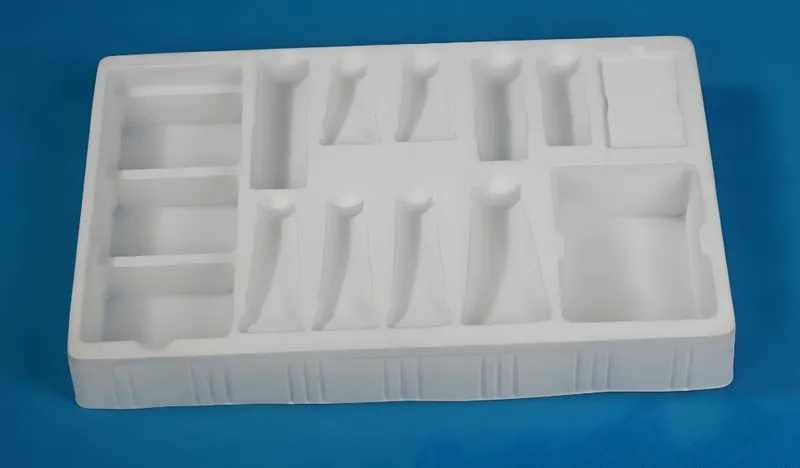
Tool Making
The process begins with creating a mold, typically made from materials like MDF, wood, fiberglass, or aluminum. The mold must include a minimum draft angle of 2°–3° to ensure easy part removal. According to Ansini’s Vacuum Forming Guide, proper mold design is critical for achieving high-quality parts.
Machine Setup
The plastic sheet is clamped securely above the mold, and a heater is positioned to ensure uniform heating. The setup must be precise to avoid uneven heating, which can lead to defects.
Isıtma
The plastic sheet is heated to its forming temperature, typically between 100°C and 225°C, depending on the material. Pyrometers are often used to maintain consistent temperatures. For deeper draws, pre-stretching may be applied to prevent thinning.
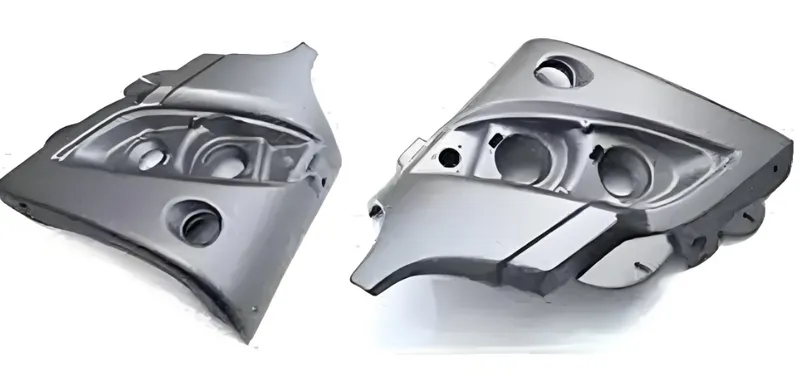
Vakum Uygulaması
A vacuum pump removes air between the sheet and the mold, pulling the plastic tightly against the mold’s surface. This step ensures the plastic conforms accurately to the mold’s shape.
Cooling and Trimming
The formed part is cooled using high-speed fans or chilled water to set its shape. Once cooled, excess material is trimmed, and additional finishing processes like printing or decorating may be applied.
Vacuum forming always produces parts with uniform thickness.Yanlış
Material thinning can occur in deeper draws, requiring pre-stretching or design adjustments to maintain thickness.
Proper mold design is essential for successful vacuum forming.Doğru
Mold features like draft angles and venting directly affect part quality and ease of production.
Vakum Şekillendirme Sürecindeki Temel Faktörler Nelerdir?
Several factors influence the success of vacuum forming, from mold design to process parameters.
Key factors in vacuum forming include mold design, heating temperature, vacuum strength, and cooling time, which determine part quality and production efficiency.
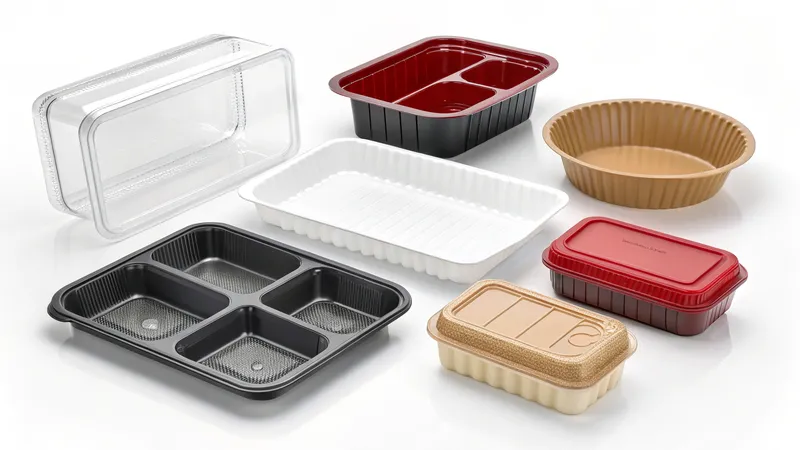
Kalıp Tasarımı
Mold design is critical, with features like draft angles (2°–3°) and venting holes ensuring easy part removal and uniform forming. Undercuts should be minimized to avoid ejection issues. According to Formlabs, simple molds can be made from wood or 3D-printed materials for prototyping.
Isıtma Sıcaklığı
The heating temperature must be carefully controlled to soften the plastic without overheating, which can cause degradation or uneven forming. Each material has an optimal forming temperature, typically between 100°C and 225°C.
Vacuum Strength
The strength of the vacuum affects how tightly the plastic conforms to the mold. Insufficient vacuum can lead to incomplete forming, while excessive vacuum may cause webbing or thinning.

Soğutma Süresi
Cooling time must be sufficient to allow the part to set without warping. Rapid cooling can improve cycle times but may affect part quality if not managed properly.
Material Thickness
The thickness of the plastic sheet impacts the part’s strength and formability. Thicker sheets require higher temperatures and longer heating times, while thinner sheets form more easily but may lack durability.
Mold design has no impact on the final part quality in vacuum forming.Yanlış
Mold design directly influences part accuracy, ease of removal, and overall quality.
Controlling heating temperature is crucial for consistent results.Doğru
Proper temperature ensures the plastic is pliable enough to form without degrading.
Vakum Şekillendirme Uygulamaları Nelerdir?
Vacuum forming’s versatility makes it a popular choice across multiple industries for creating lightweight, cost-effective parts.
Vacuum forming is used in packaging, automotive, medical, and consumer goods industries for its ability to produce large, lightweight parts quickly and affordably.
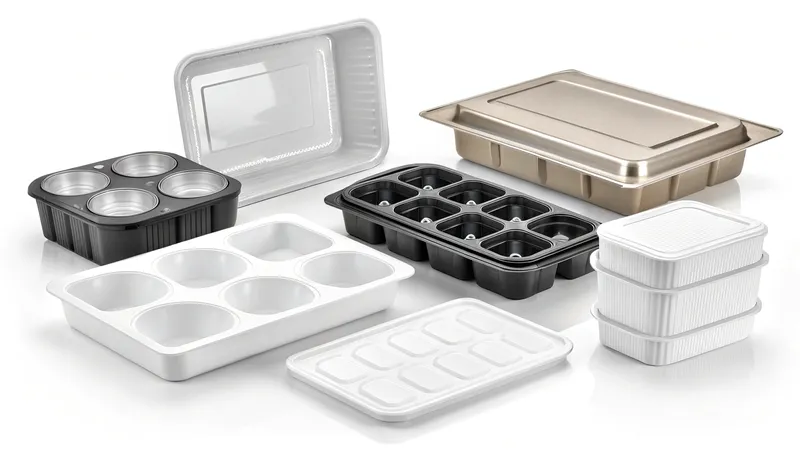
Paketleme
Vacuum forming is widely used for blister packs, clamshells, and trays due to its ability to create custom, protective shapes. Companies like Ansini highlight its use in food and electronics packaging.
Otomotiv
In the automotive industry, vacuum forming produces interior components like dashboards and door panels, as well as exterior parts like fenders. Its ability to handle large parts makes it ideal for vehicle manufacturing.
Tıbbi
Medical applications include sterilization trays, device housings, and protective covers. The process’s hygiene and cost benefits make it a go-to for healthcare products.

Tüketim Malları
Vacuum forming is used for appliance housings, toy parts, and furniture components. Its flexibility in design and material choice allows for creative, functional products.
Industrial
Industries use vacuum forming for prototypes, machine guards, signage, and equipment enclosures. Its rapid turnaround makes it suitable for custom industrial solutions.
Vacuum forming reduces production costs for large parts.Doğru
Its low tooling costs and fast cycle times make it economical for large, low to medium volume parts.
Vacuum forming is only used for prototyping.Yanlış
While excellent for prototyping, vacuum forming is also used for production runs in various industries.
What are the Differences Between Vacuum Forming and Injection Molding?
Understanding how vacuum forming compares to other methods like injection molding can help you choose the right process for your project.

Süreç Akışı
Vacuum forming heats a plastic sheet and uses a vacuum to shape it over a mold, while enjeksiyon kalıplama5 injects molten plastic into a closed mold under high pressure. Vacuum forming is simpler and faster for large, shallow parts, whereas injection molding is better for complex, high-precision parts.
Kalıp Maliyetleri
Vacuum forming has significantly lower takım maliyetleri6, as molds can be made from inexpensive materials like wood or resin. Injection molding requires costly steel or aluminum molds, making it more suitable for high-volume production.
Üretim Hızı
Vacuum forming offers faster cycle times for small to medium runs, while injection molding is more efficient for large-scale production due to its automation capabilities.

Parça Karmaşıklığı
Injection molding can produce highly detailed, complex parts with tight tolerances, while vacuum forming is limited to simpler geometries and single-sided detailing.
Malzeme Kullanımı
Vacuum forming typically uses less material for large parts, as it starts with a thin sheet. Injection molding can achieve thinner walls but may require more material for complex shapes.

Uygulamalar
Vacuum forming is ideal for packaging, automotive interiors, and large enclosures, while injection molding is preferred for small, intricate parts like gears or electronic housings.
Vakum şekillendirme her zaman enjeksiyon kalıplamadan daha ucuzdur.Yanlış
While vacuum forming has lower tooling costs, injection molding can be more cost-effective for high-volume production due to faster cycle times.
Vacuum forming is better suited for large, shallow parts than injection molding.Doğru
Its ability to handle large sheets and simple molds makes it ideal for big, less complex parts.
Sonuç
Vakum şekillendirme is a versatile, cost-effective manufacturing process7 for producing large, lightweight parts with simple to moderate complexity. By understanding its materials, process steps, and applications, you can determine when it’s the best choice for your project. Compared to methods like injection molding, vacuum forming offers daha düşük takım maliyetleri8 and faster setup times, making it ideal for prototyping and small to medium production runs.
-
Discover the intricacies of vacuum forming, its applications, and how it stands out in manufacturing processes. ↩
-
Learn about the significance of cost-effectiveness in manufacturing and how it impacts production choices. ↩
-
Explore the versatility of vacuum forming and its wide range of applications across different industries. ↩
-
Exploring these materials will provide insights into their unique properties and applications, aiding in informed decision-making. ↩
-
Learn about injection molding's efficiency and precision, which can be crucial for high-volume production needs. ↩
-
Understanding tooling costs can help you make informed decisions about which manufacturing process fits your budget and project requirements. ↩
-
Discover insights on cost-effective manufacturing processes that can enhance efficiency and reduce expenses in production. ↩
-
Learn how lower tooling costs can influence manufacturing choices and lead to significant savings in production. ↩

